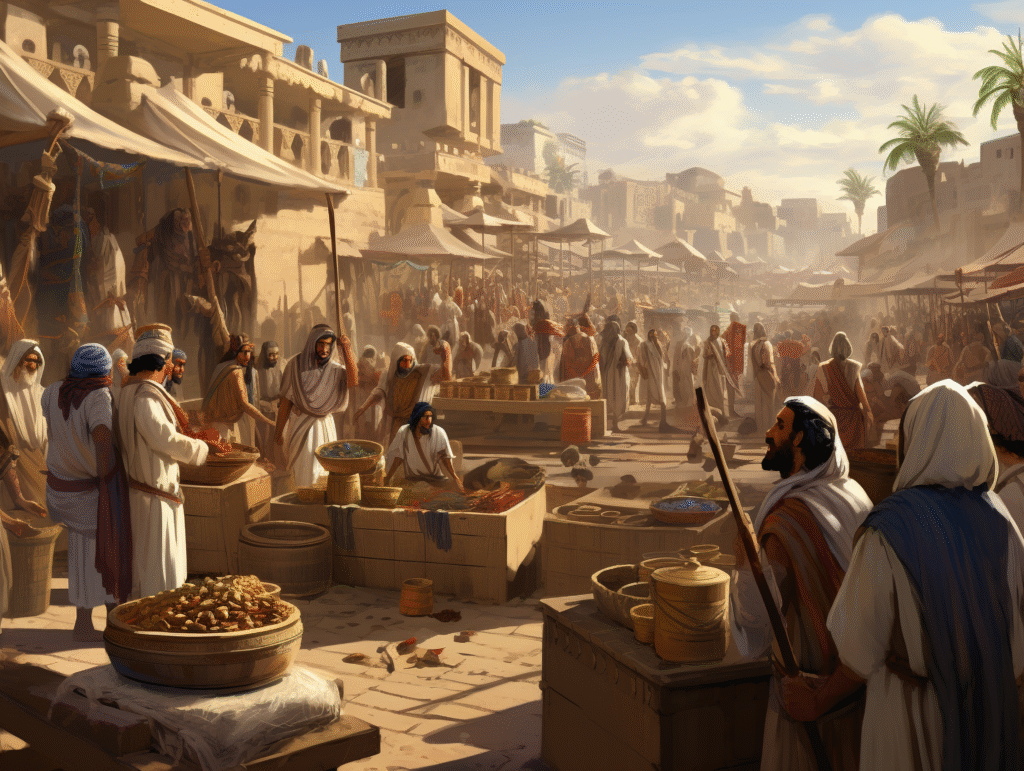
Introduction:
Ancient trade routes, from the Silk Road to the Incense Route, have shaped the history of global commerce, economic systems, and wealth management. These pathways were not just routes for goods and commodities but were vital in shaping strategies for managing resources, wealth distribution, and fostering economic growth across vast regions. In this blog, we delve into how ancient trade routes offer valuable lessons that can be applied to modern resource and wealth management.
1. Strategic Location and Resource Management:
One of the key aspects of ancient trade routes was their strategic placement. Traders often chose routes that passed through regions rich in resources, from spices and silk to precious metals and textiles. The efficient management of these resources allowed merchants to maximize profits and minimize waste.
Key Takeaway for Modern Wealth Management:
In the modern era, understanding where resources are most abundant and ensuring they are used efficiently is crucial. This can be applied to both tangible resources, like real estate or commodities, and intangible assets, such as intellectual property.
2. Risk Management and Diversification:
Ancient traders faced significant risks—bandits, natural disasters, and political instability were constant threats. As a result, diversifying their goods and routes helped mitigate these risks. Wealth wasn’t tied to a single commodity or market, which allowed for more stable wealth accumulation.
Key Takeaway for Modern Wealth Management:
Just as ancient traders diversified their assets to manage risk, modern investors can use diversification to protect wealth from market volatility. Having a mix of investment options, such as stocks, bonds, and real estate, ensures that your portfolio is not overly exposed to one risk.
3. Barter Systems and Credit:
While modern economies rely on cash and digital payments, ancient trade routes often used barter systems or advanced credit systems to facilitate transactions. Traders would extend credit to build long-term relationships, enhancing their wealth over time.
Key Takeaway for Modern Resource Management:
Building strong business relationships and relying on credit and trust can be as valuable today as it was thousands of years ago. In wealth management, this means investing in building strategic partnerships and relying on business credit to expand financial opportunities.
4. Supply Chain Optimization:
The ancient trade routes were a hub of supply chain activity. Goods were exchanged across multiple regions, often involving several intermediaries. Effective communication and coordination ensured goods moved smoothly and profitably.
Key Takeaway for Modern Wealth and Resource Management:
The principles of supply chain management can be applied to modern business practices. Streamlining processes, reducing inefficiencies, and optimizing logistics can help businesses manage resources better, leading to greater wealth accumulation.
5. The Power of Cultural Exchange:
Trade routes were not only about material goods; they were also pathways for cultural exchange. Knowledge, innovation, and technology were shared across continents, leading to advancements in agriculture, architecture, and medicine.
Key Takeaway for Modern Resource and Wealth Management:
Embracing innovation and cross-cultural ideas can help businesses stay competitive. Modern wealth management can benefit from adopting new technologies, financial models, and creative strategies from around the world.
Conclusion:
Ancient trade routes were much more than just paths for trade—they were systems of resource and wealth management. By applying the lessons from these historical networks, we can create more efficient, diversified, and innovative financial strategies. Whether it’s about optimizing resources, managing risk, or fostering relationships, these lessons remain timeless in the world of modern wealth management.

